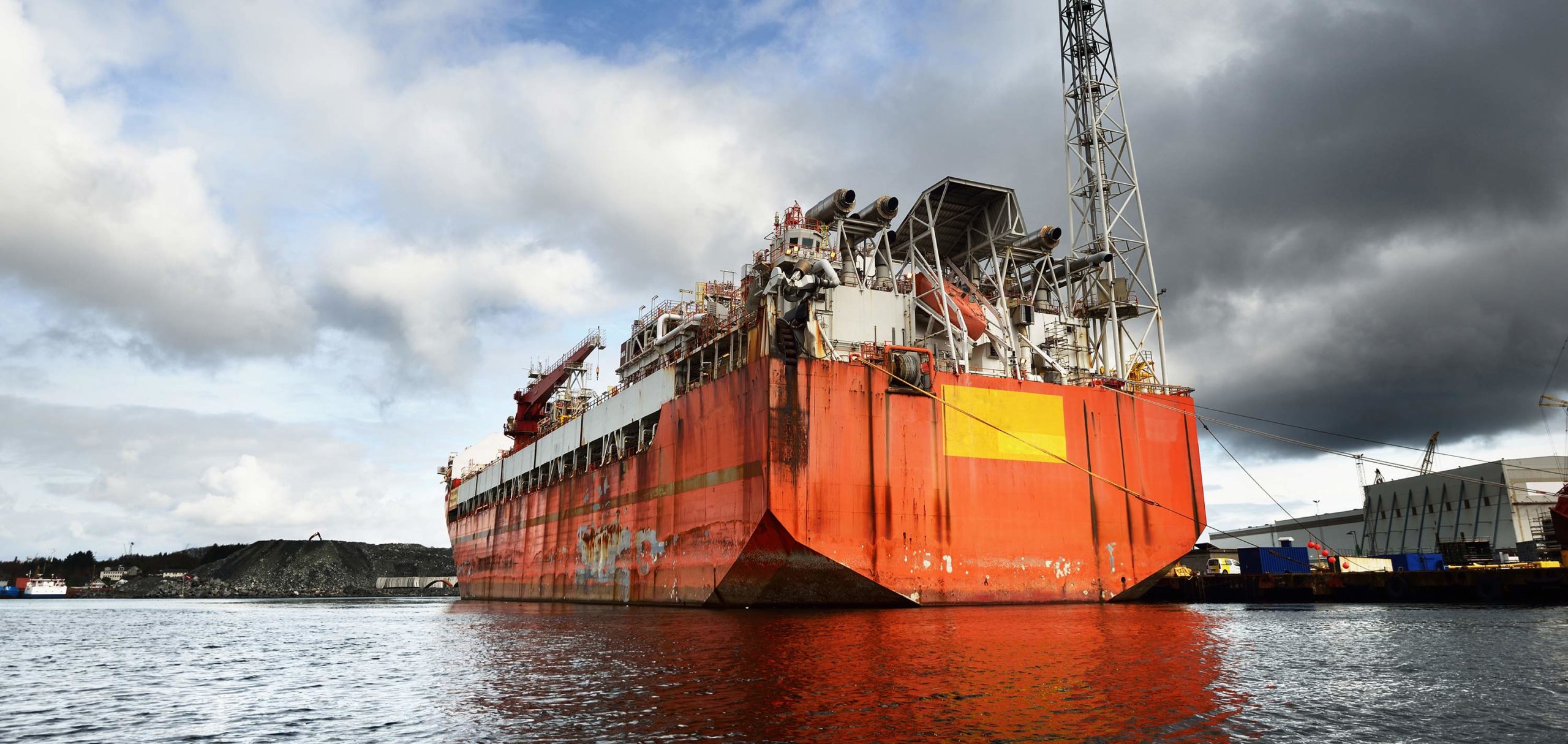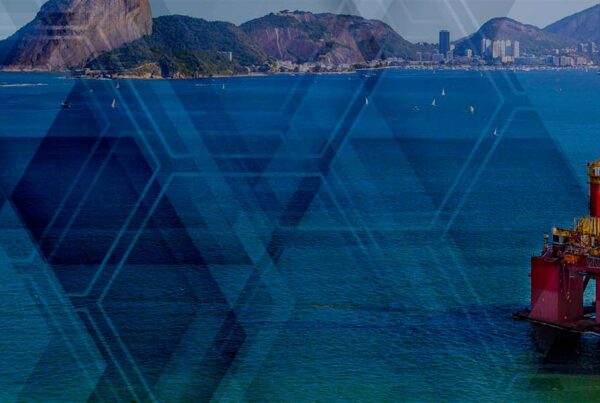The Q2 edition of DW’s World Floating Production Market Report 2016-2020 forecasts that Capex for FPS units will total $58 billion (bn) over the period to 2020, Latin America will dominate spend, accounting for 35% of this Capex, mostly from Brazil.
Currently the value of the order book remains near record levels but this is diminishing, with projects such as TEN in Ghana and Stones in the G.o.M entering the final commissioning stage over the last quarter. There remains a wave of projects, ordered over the previous cycle that are not due to be installed until 2017 and 2018. Many of these have seen installation dates slip, with delivery on time (and budget) clearly still an issue for the industry. The looming challenge for the supply chain, and particularly shipyards, is the lack of new orders to refill the backlog after these units come onstream.
2015 was a weak year for orders in the FPS industry with only four vessel contracts being awarded with a total value of $3bn. There have been no orders to date in 2016 but we have revised up our order forecast for the year since the Q1 report due to some unexpected units now anticipated to be ordered in Q3. The largest of these is an FPSO for the Petrobras operated Libra field. This FPSO will be the first ordered by Petrobras in two years and is expected to be the highest Capex unit ordered this year. It appears we have reached the bottom of the down cycle and operators are adjusting to the low oil price and will begin to order again in the second half of the year. DW now expects an improved order value of $4.2bn this year, from a higher number of orders than in 2015.
There was limited commissioning in 2015 and as a result the value of units under construction declined only $3bn, from $54bn to $51bn in the last year. In 2016 we have already seen the start-up of high-Capex vessels such as the Goliat FPSO in Norway and as a result the current orderbook value is $47bn. By the end of the year this is expected to decline to $46bn, including the new orders we expect this year.
Operators are pushing both cost reduction measures and complete re-engineering of projects. Two key examples are the FPSS for the Mad Dog Phase 2 project (which should be ordered this year) and the Johan Castberg FPSO. Both fields had development plans that were uneconomic when the oil price was $110 but due to cost decreases and revised development plans are now economic at a low price – showing that operators are willing to adjust and work at the new price norm.
The current downturn represents an opportunity for the industry to move towards a more standardised approach to FPS engineering, which has been debated for many years, without significant progress. We expect a leaner, more efficient FPS industry to emerge from this downturn.
Further information from: Ben Wilby, +44 (0)1795 594724 or [email protected]




